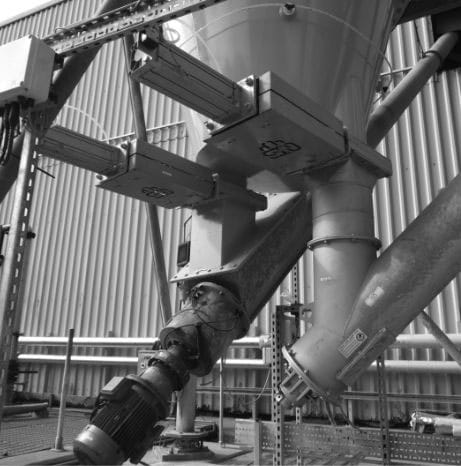
Flow Control Valve
A vital component in fluid handling systems, flow control valves help to regulate the flow rate of air through a designated channel or pipeline. Available in a number of different types of valves, their ability to control the velocity, direction, speed and volume of air can be applied to various applications and systems. Utilised for heating, air conditioning and ventilation, they’re different to regulators and pressure controllers but ensure optimal performance and safety. Whether used in a residential, commercial or industrial setting they provide many benefits including energy efficiency, equipment protection, temperature and climate control and automation in order to produce effective air management.
How Do Flow Control Valves Work?
Despite being a small piece of equipment, it’s important to understand how flow control valves work for optimal results. Luckily they all function in a simple fashion despite the many types of slow control systems on the market. The orifice is the smaller hole on the device and helps to reduce the function of the flow rate at a designated pressure through either side of the orifice. Usually, you’ll find a finely machined tapered stem which is the same as the profile seat. If fully shut you’ll see and feel that no airflow is coming through, but once you start to open the stem gradually, more air will seep through. The pressure compensated depends on how open the valve is, with a maximum amount passing through when completely open. There are two types of flow regulators to determine direction. Bi-directional valves help to pass air in either direction, meanwhile uni-directional only allows an in-flow or exhale in one direction. The latter option usually has a check valve to allow the direction of airflow. When operating a flow control valve, although similar from one to the next, the specific mechanisms can differ depending on the device. Qualified engineers will be able to assist with guidance on how to operate if necessary.
Benefits of Flow Control Valve
Demonstrating a range of features to suit numerous settings and environments when used in pneumatic systems, flow control valves have a number of advantages.
- Match Process Demands – By adjusting the amount of airflow required for the system, a flow control valve will have process optimisation to improve product quality and productivity. Particularly useful in industrial areas when a specified amount of volume of air is required for operation.
- Accuracy – Delivering the right amount of air to pass through the system, they enhance performance and efficiency whilst allowing fine-tuning of what’s required.
- Energy Efficiency – Due to the nature of the controlled flow of air, the valve regulates the system to reduce energy waste by preventing excessive air consumption.
- Compliant – A number of industries have a responsibility to adhere to regulations when it comes to air quality, ventilation and safety. These flow control valves include not just the product itself but an experienced, knowledgeable and dedicated engineer can be on hand to advise on which type is best for which environment.
- Safety – Without the use of flow control valves some equipment can become overloaded or damaged due to excessive air pressure. Not only does having one installed extend the lifespan of machinery, but it can also prevent contamination in certain locations such as laboratories
Types of Flow Control Valve
From butterfly valves to needle valves, dampers and electronic control valves, there are different types of devices that all serve a specific purpose.
- Throttle Valves – Use a rotating or sliding mechanism to obstruct the flow of air in order to control the amount let out.
- Electronic Control Valves – Feature electronic signals to change the valve’s position which are perfect when automated control is desired.
- Pneumatic Control Valves – Function using air pressure, a pressure drop or rise helps to control its position and airflow.
- Sliding Plate Valves – Usually found in industrial environments they use a sliding plate to open and close the valve to control airflow.
- Ball Valves – Despite their main use in liquid systems, they can also assist with airflow regulation. It features a spherical ball with a hole that can control the flow of air with rotation.
- Needle Valves – A good solution when needed in precision application, a tapered, needle-like plunger can be adjusted to change the size of the opening.
- Butterfly Valves – Within this valve is a disc-shaped element that turns around the central axis to close off or open airflow. Great for larger pipes, they are simple and quick to use, however, they may not be as precise as some other options.
